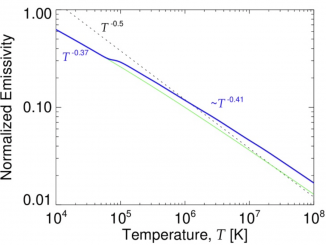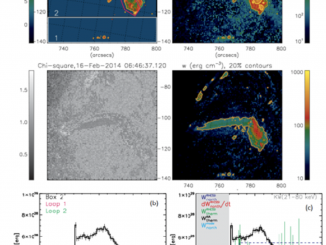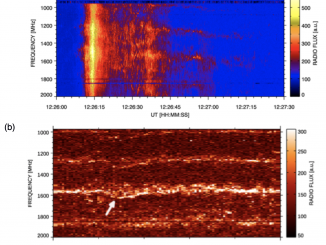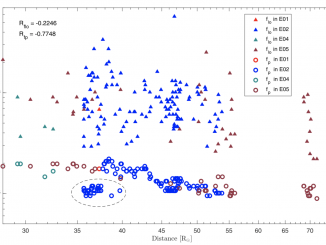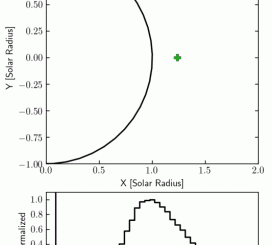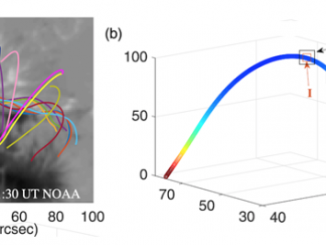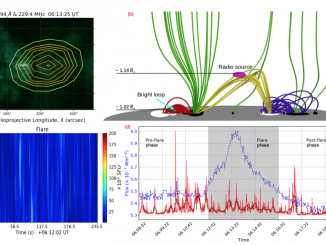New treatment of gyroresonance and free-free radio emissions from multi-thermal multi-component plasma
by A. Kuznetsov et al.*
Thermal plasma in the solar corona is often characterized by a range of temperatures. This plasma can be described by the differential emission measure (DEM), which is a distribution of the thermal electron density square over temperature. The DEM-based treatment is widely used in application to the optically thin EUV and X-ray emissions. However, there has been no corresponding treatment in the radio domain, where optical depth of emission can […]

